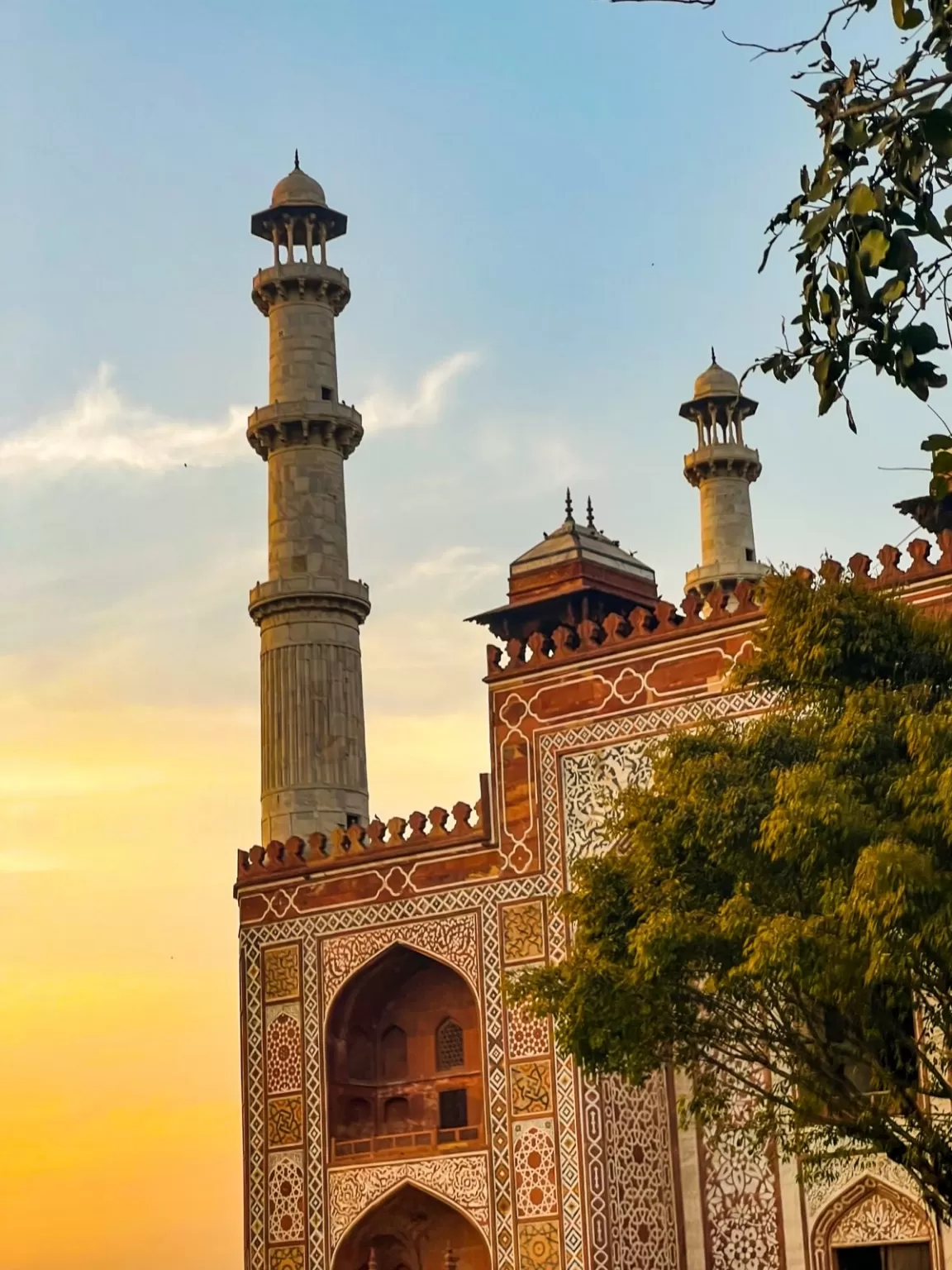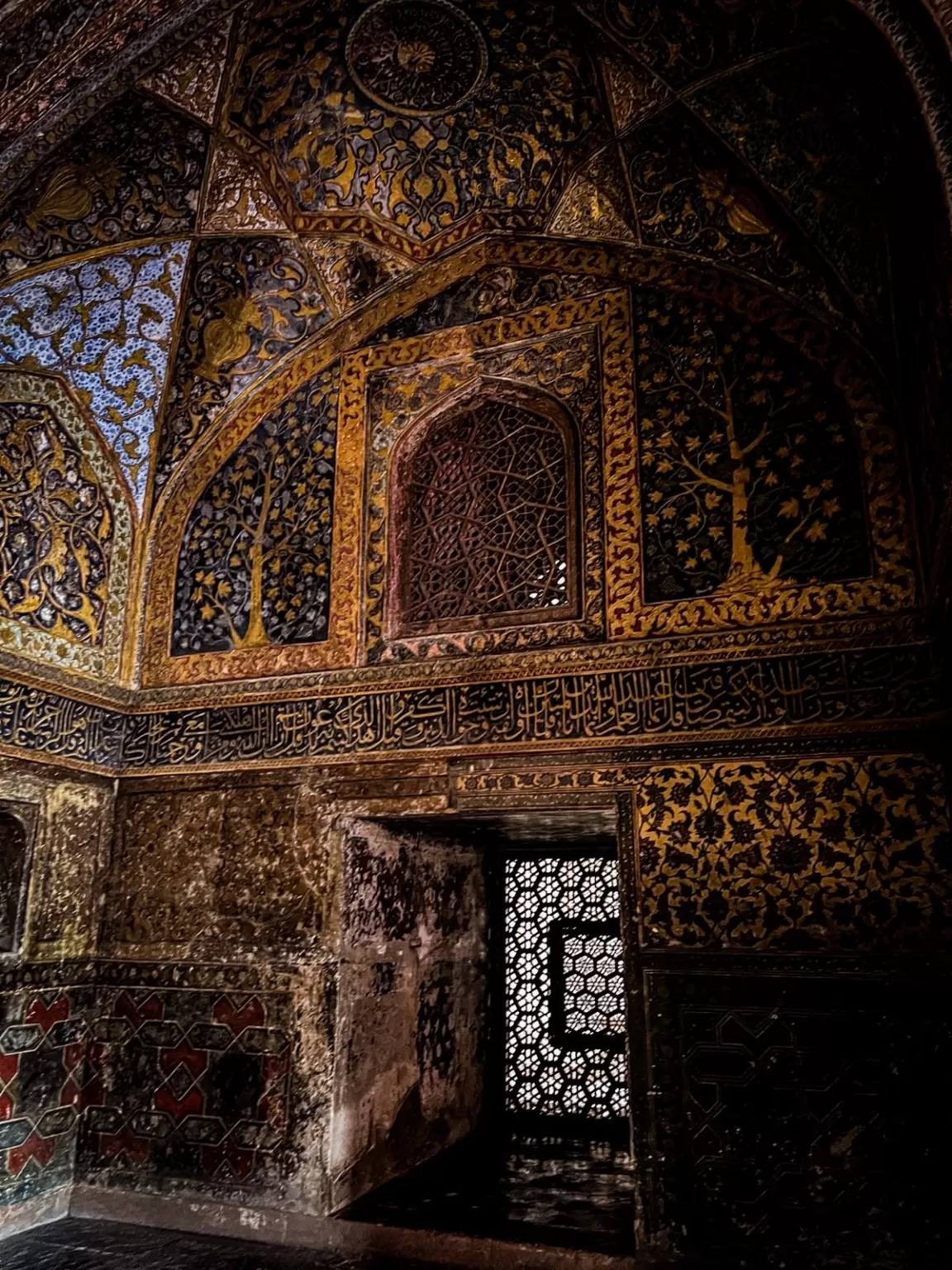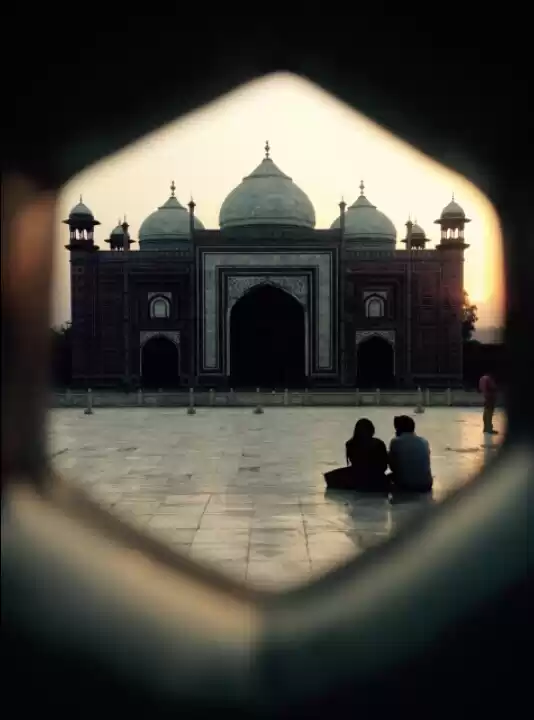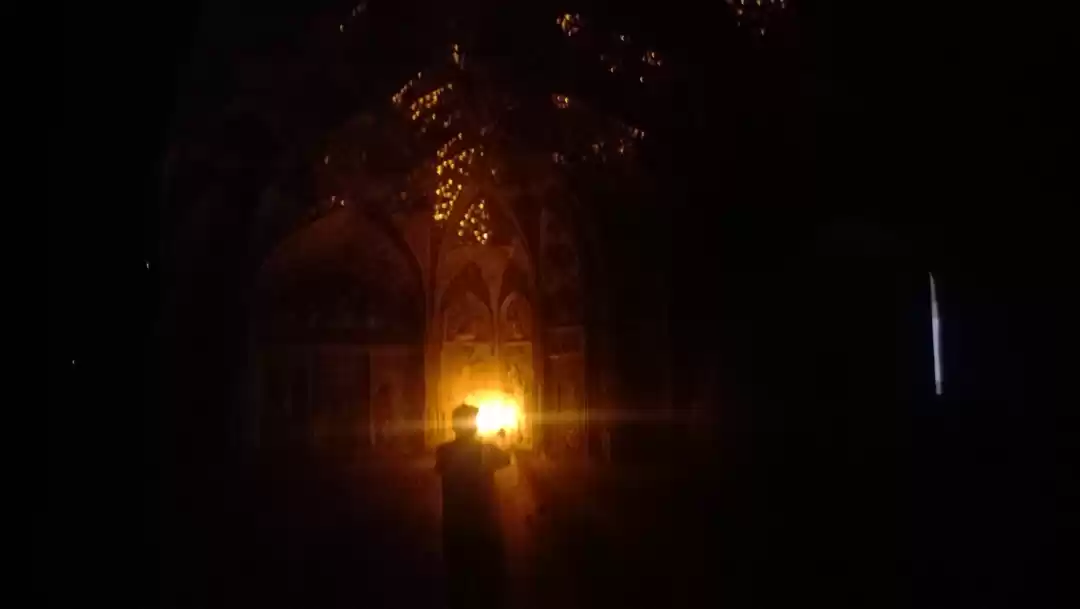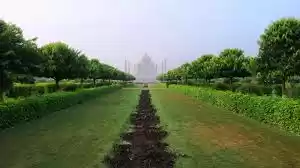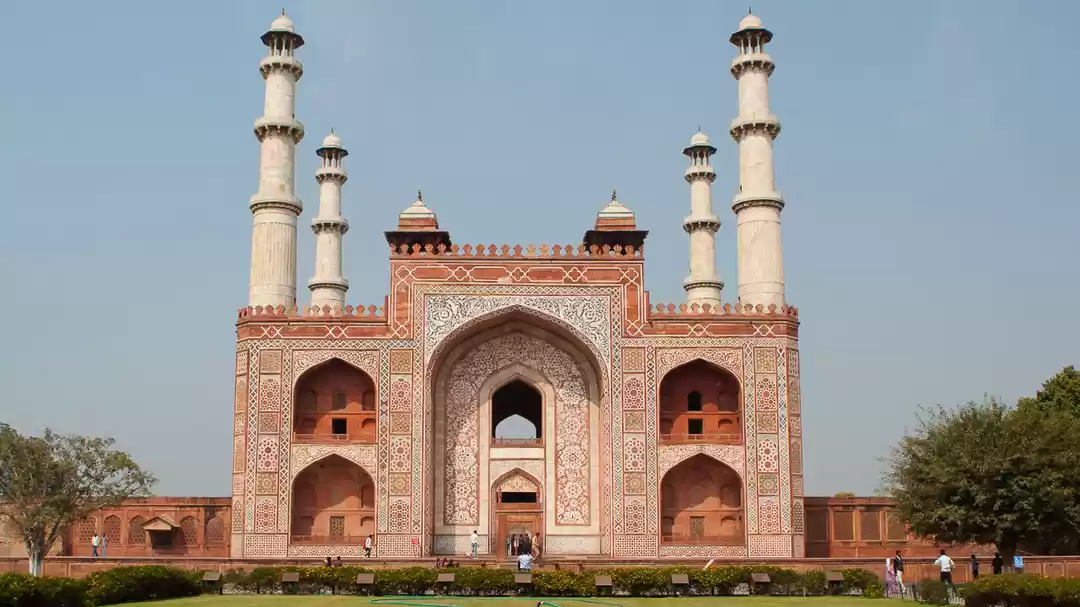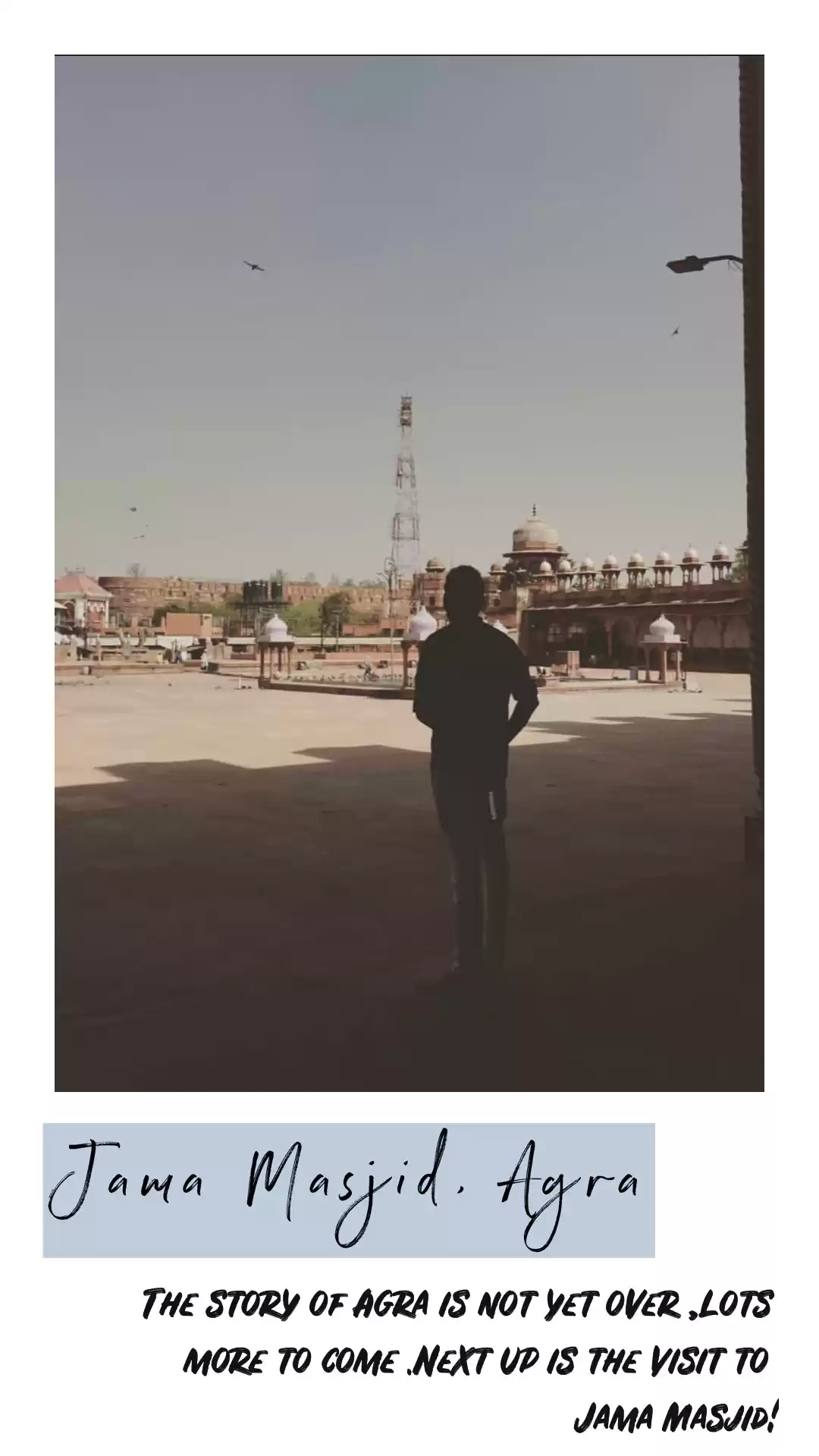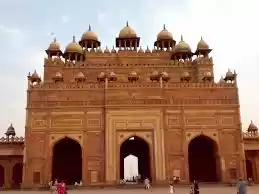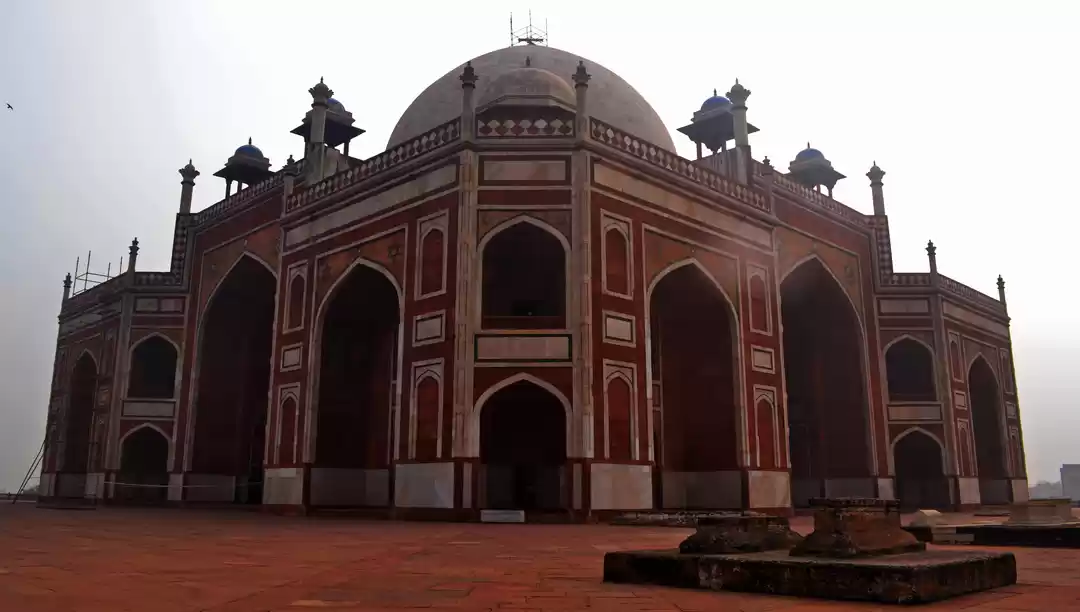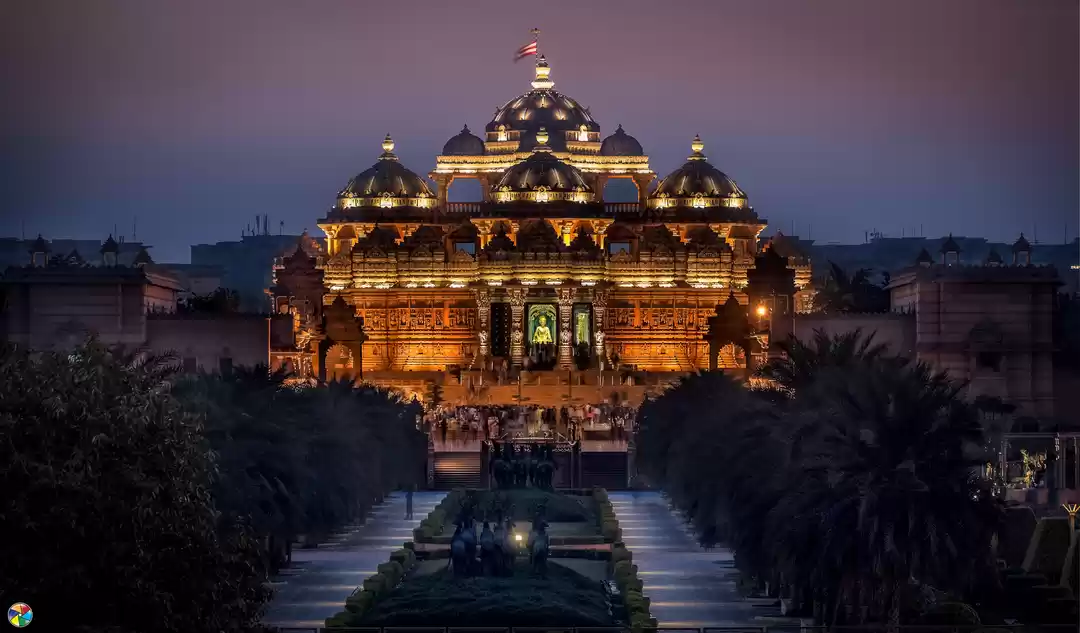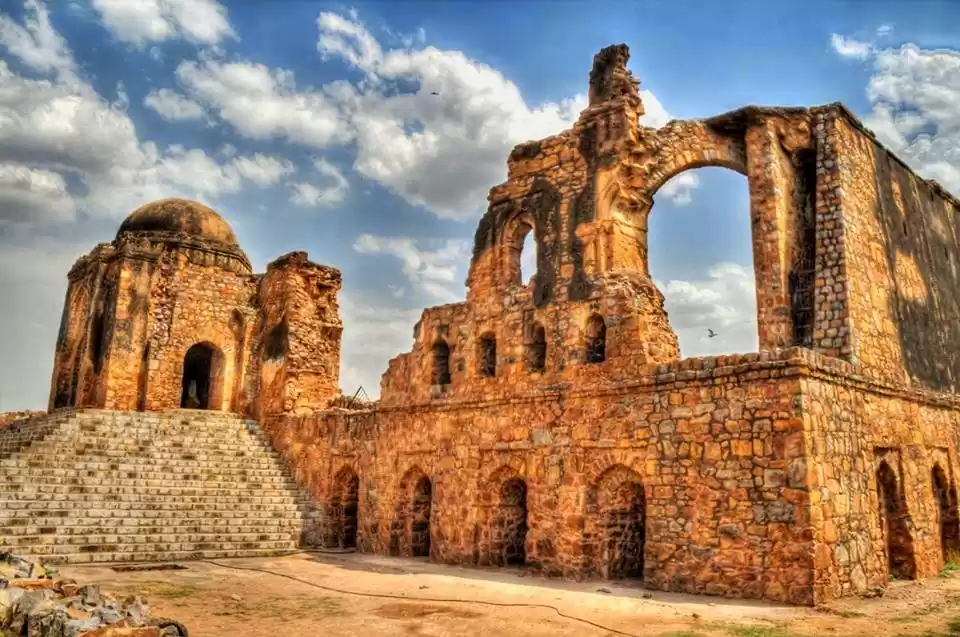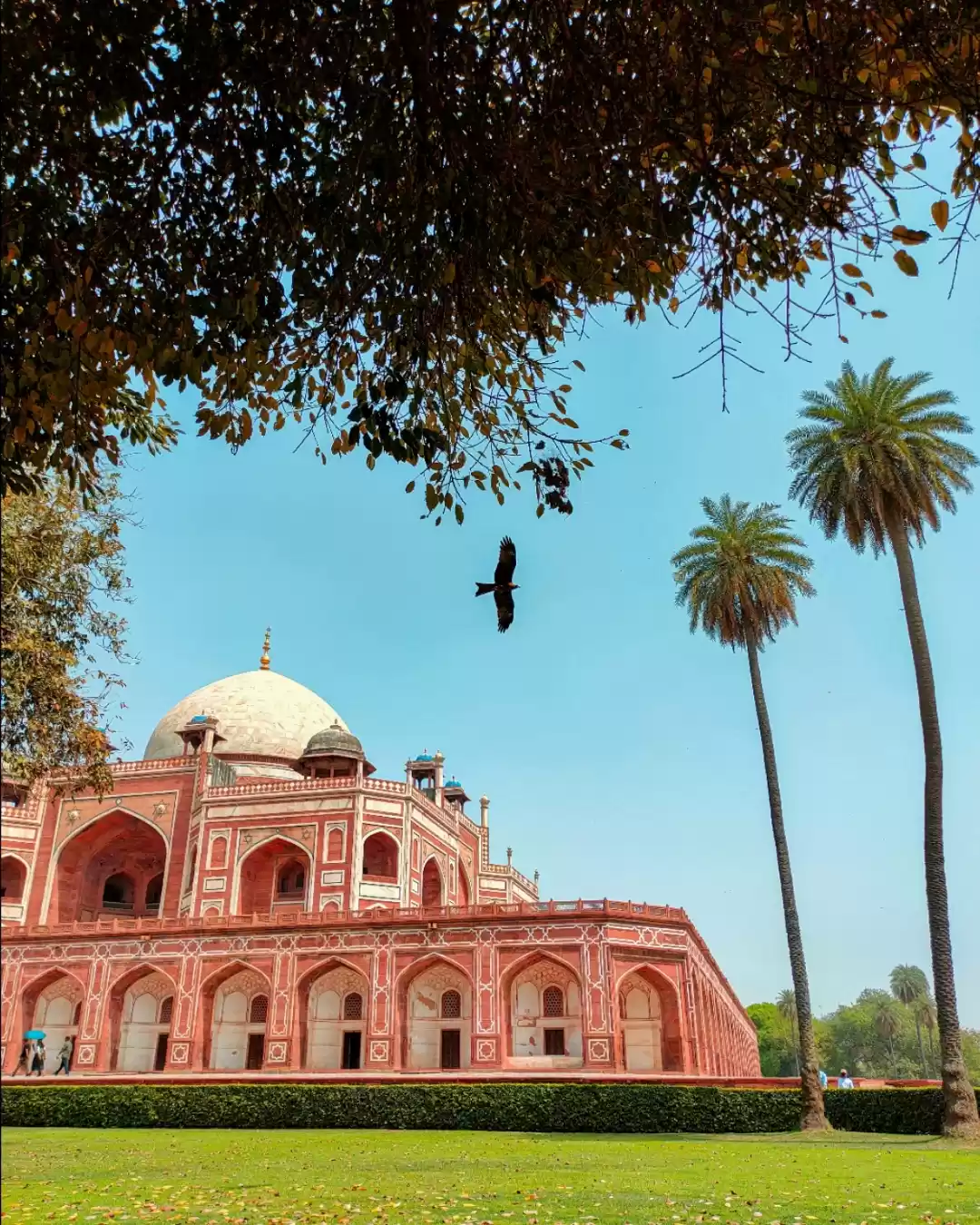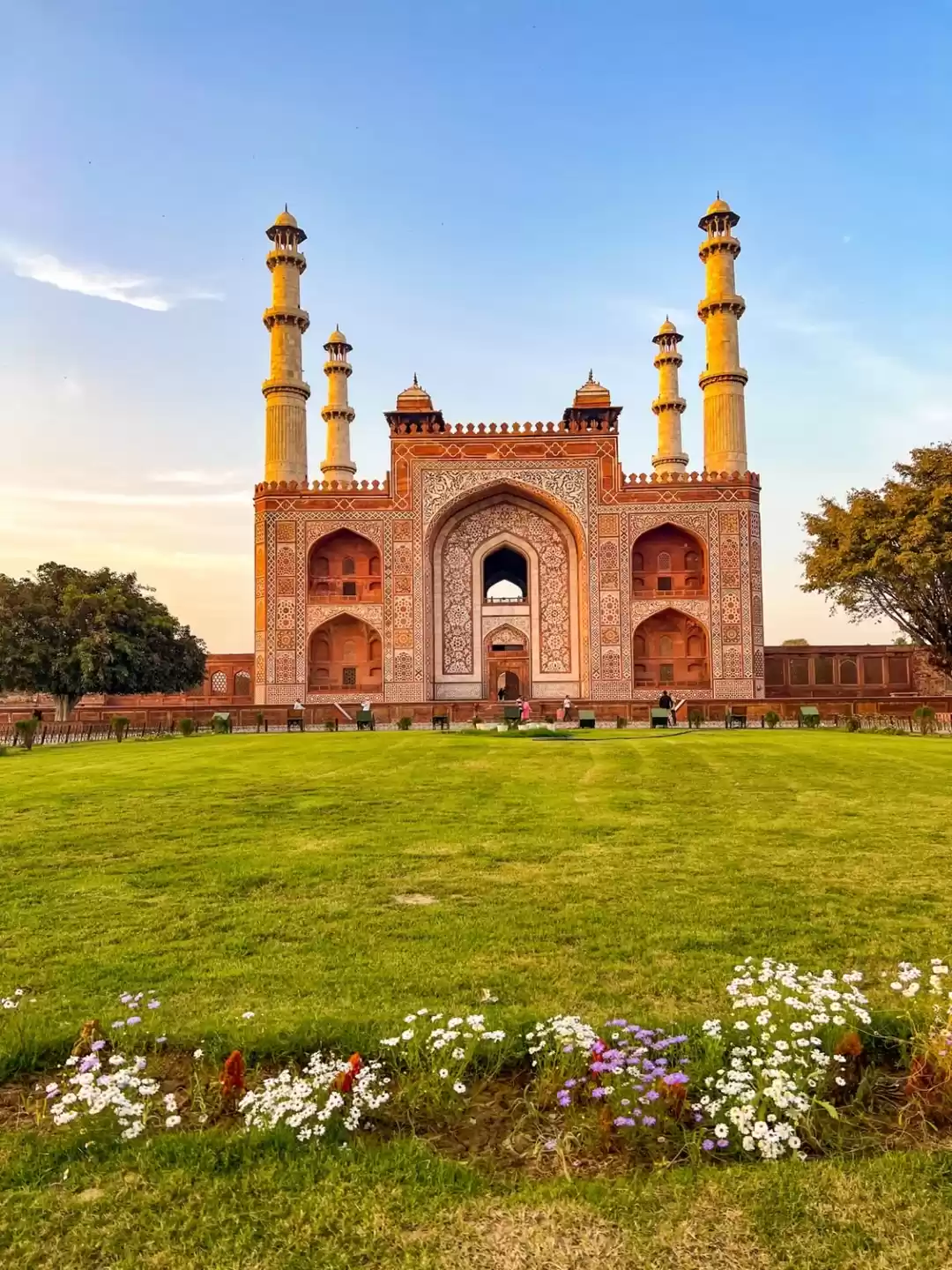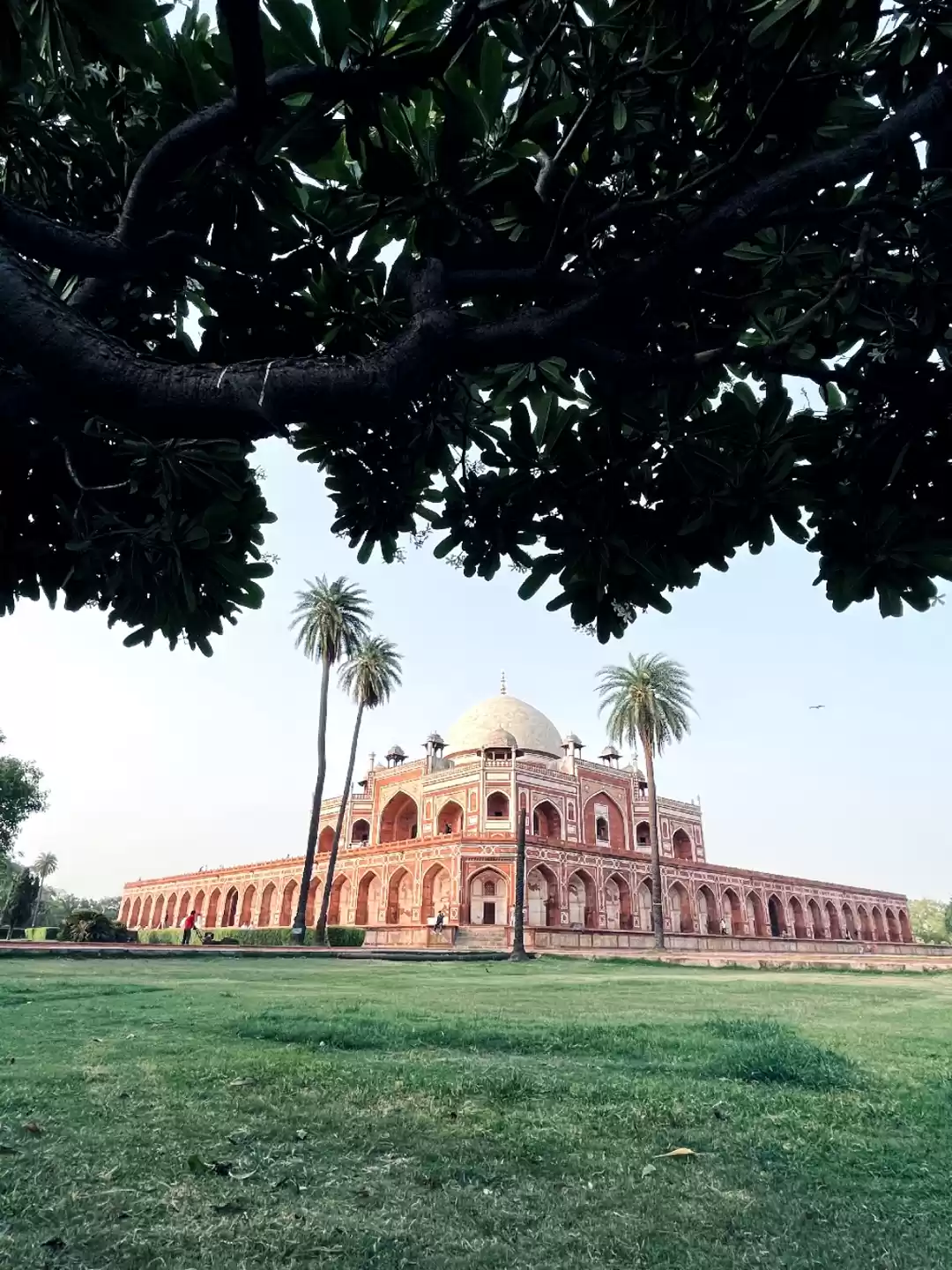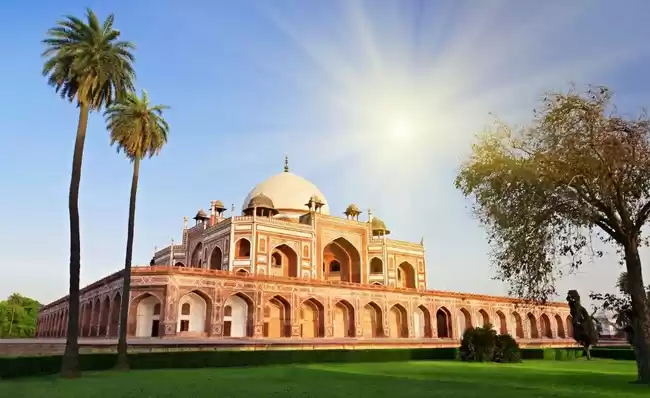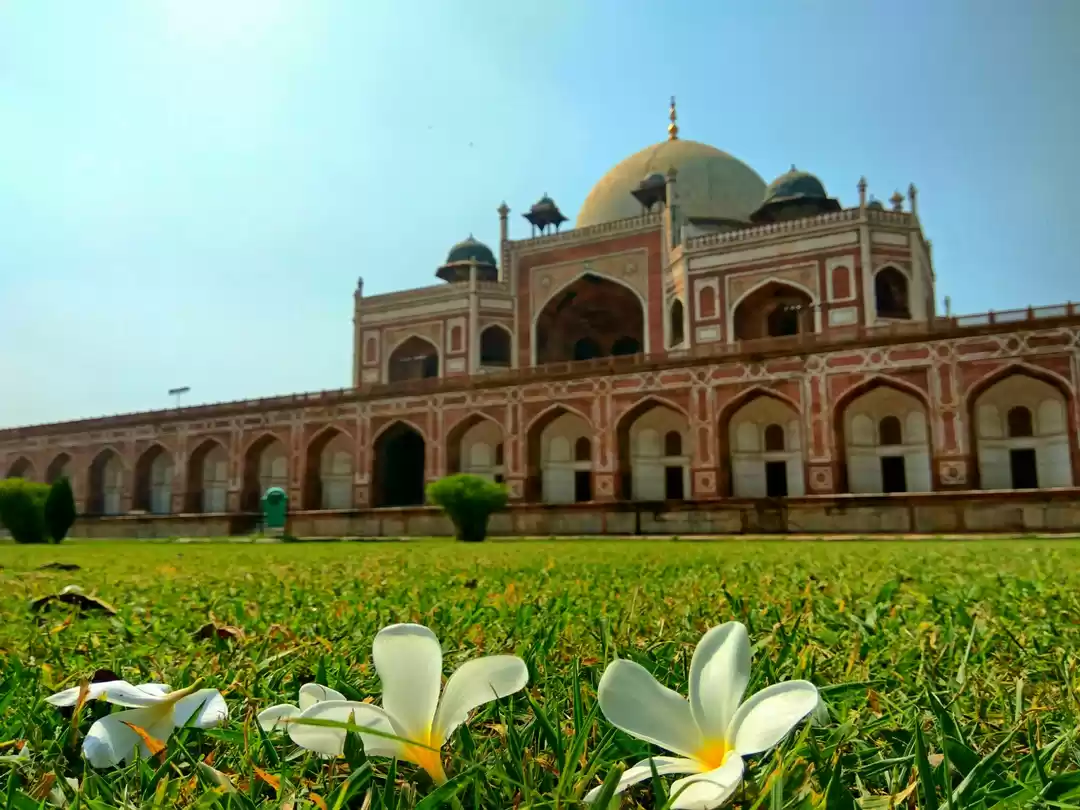Are you fascinated by the rich and glorious history of the Mughal Empire? Do you want to explore the splendid and majestic monuments that showcase the art and culture of this era? If yes, then you must visit the Akbar Tomb, the final resting place of the third and greatest Mughal emperor, Akbar the Great.
Akbar Tomb is a magnificent mausoleum located in Sikandra, a suburb of Agra, Uttar Pradesh, India. It is one of the finest examples of Mughal architecture, blending the Islamic, Hindu, Buddhist, Jain, and Christian styles. It is also a UNESCO World Heritage Site, along with other Mughal monuments in Agra, such as the Taj Mahal, the Agra Fort, and the Fatehpur Sikri.
In this article, you will learn everything you need to know about Akbar Tomb, such as its history, architecture, garden, paintings, inscriptions, and more.
History of Akbar Tomb

Akbar Tomb was built by Akbar himself, who started the construction in 1600, after completing the Fatehpur Sikri, his new capital. He wanted to create a grand and unique tomb for himself, that would reflect his personality and achievements. He chose Sikandra, a peaceful and scenic location, as the site for his tomb, and personally supervised the design and layout of the tomb and the garden.
Akbar died in 1605, before the completion of the tomb, and was buried temporarily in a garden in Agra. His son and successor, Jahangir, continued the construction of the tomb, and completed it in 1613. He also added his own name and titles to the inscriptions on the tomb.
The tomb was looted and damaged by the Jats, a rebel group, in 1690, who stole the gold, silver, and jewels from the tomb, and even attempted to destroy the cenotaph. The tomb was also neglected and vandalized during the British rule, and some of the paintings and inscriptions were defaced or removed. The tomb was restored and repaired by the Archaeological Survey of India, and is now protected and maintained by the government.
Architecture of Akbar Tomb
Akbar Tomb is a masterpiece of Mughal architecture, that showcases the fusion of different styles and influences. The tomb complex covers an area of about 119 acres and consists of four main structures.
The main gate is a massive and impressive structure, that serves as the entrance to the tomb complex. It is made of red sandstone, and decorated with white marble inlays, calligraphy, and floral motifs. It has four minarets at the corners, and a large arch in the center, that leads to the tomb building. The gate also has a small mosque on the left, and a guest house on the right, for the visitors and pilgrims.
The tomb building is a four-storeyed structure, that houses the mortal remains of Akbar. It is built on a raised platform, and has a square plan, with each side measuring about 70 meters. The first three storeys are made of red sandstone, and the fourth storey is made of white marble.
The cenotaph is a false tomb, that is located on the top floor of the tomb building, in an open courtyard. It is made of white marble and carved with intricate designs and inscriptions. It marks the exact position of the grave of Akbar, which is located in the basement of the tomb building, in a simple and plain chamber.
The garden is a beautiful and serene landscape, that surrounds the tomb building. It is divided into four quarters by two water channels, that intersect at the center of the garden. The garden is planted with various trees, flowers, and fruits, that attract many birds and animals. The garden also has several pavilions, fountains, and pathways, that add to the charm and elegance of the tomb.
Garden of Akbar Tomb
Akbar Tomb is not only a monument, but also a garden, that reflects the love and respect of Akbar for nature and wildlife. The garden of Akbar Tomb is a perfect example of a charbagh, a Persian-style garden, that symbolizes the paradise on earth. The garden of Akbar Tomb is designed and maintained with great care and attention, to create a harmonious and pleasant environment for the visitors and the inhabitants.
The garden of Akbar Tomb is divided into four quarters by two water channels, that run from north to south and east to west. The water channels are fed by a large tank, that is located outside the main gate. The water channels have several fountains and cascades, that create a soothing and refreshing sound.
The garden of Akbar Tomb is planted with a variety of trees, flowers, and fruits, that provide shade, fragrance, and nourishment. Some of the trees that can be found in the garden are mango, guava, banana, jamun, neem, and peepal. Some of the flowers that can be seen in the garden are jasmine, rose, marigold, lotus, and hibiscus.
The garden of Akbar Tomb is also home to many birds and animals, that add life and color to the garden. Some of the birds that can be spotted in the garden are peacocks, parrots, pigeons, sparrows, and kingfishers.
Paintings of Akbar Tomb
Akbar Tomb is not only a garden, but also a gallery, that showcases the art and culture of the Mughal era. The paintings of Akbar Tomb are a treasure trove of information and inspiration, that depict and celebrate the life and achievements of Akbar. The paintings of Akbar Tomb are a testimony of the skill and creativity of the Mughal painters, who used various styles and techniques to create stunning and realistic images.
Inscriptions of Akbar Tomb
Akbar Tomb is not only a gallery, but also a library, that contains the wisdom and knowledge of the Mughal era. The inscriptions of Akbar Tomb are a valuable source of information and education, that express and convey the thoughts and beliefs of Akbar. The inscriptions of Akbar Tomb are a proof of the literacy and learning of the Mughal writers, who used various languages and scripts to write and record their messages.
In this article, you have learned everything you need to know about Akbar Tomb, the magnificent mausoleum of the Mughal emperor Akbar. Akbar Tomb is a must-visit destination for anyone who is interested in the Mughal history and culture. It is a place where you can admire the beauty and grandeur of the Mughal architecture, enjoy the tranquility and diversity of the Mughal garden, appreciate the art and skill of the Mughal paintings, and learn from the wisdom and faith of the Mughal inscriptions. It is a place where you can experience the legacy and spirit of Akbar, the greatest and most tolerant of the Mughal emperors.




















